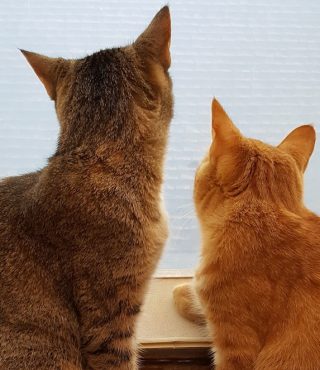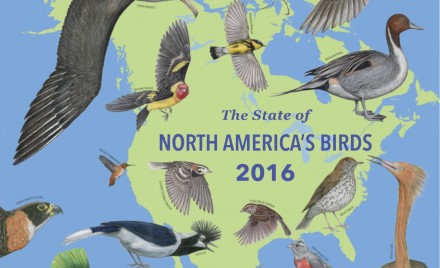Vultures: An Object Lesson

Vulture populations in India have dropped an alarming 97-99% since the 1990s. The shocking decline is due to the use of a veterinary drug, Diclofenac, which is toxic to any vulture that feeds on the carcass of recently treated cattle. The UK’s Royal Society for the Preservation of Birds (RSPB) is working with Saving Asia’s Vultures from Extinction (SAVE) to prevent the extinction of this important species. While Diclofenac has been outlawed as a treatment for animals in India, Nepal, Pakistan and Bangledesh, and Diclofenac levels are now decreasing, a formulation of the drug for humans is still available, and is sometimes sold in larger sizes suitable for veterinary use.
The decline in vulture populations has caused widespread impact. Vultures are ‘nature’s clean-up crew,’ and their metabolism is a true dead-end for pathogens. Their disappearance means other species, like rats and wild dogs, have filled the scavenging gap. Dogs and rats aren’t as efficient at the job, and become carriers of various pathogens, leading to polluted water supplies and increases in humans’ contracting rabies, anthrax, etc. It’s estimated that the decline in vultures has cost India US $25 billion per year!
Meanwhile in Africa, six out of eleven vulture species are at risk of extinction, according to a recent assessment carried out by BirdLife International. In Africa, the main causes of the decline are though to be poaching for traditional medicine as well as deliberate targeting by poachers, since the presence of vultures can alert authorities to illegally killed big game. Other threats include both collisions with power lines and wind energy infrastructure (as well as electrocution by power lines), habitat loss, declines in food availability and disturbance at breeding sites.
The impact of these declines in vulture populations is widespread and potentially catastrophic. Like all birds, vultures provide vital ecological services, and when entire populations of species are affected, there are unexpected consequences.
We need to do everything we can to help these birds recover, and to prevent similar near-extinctions from happening in North America. In fact, the California Condor, once soaring over the coastal range from southern British Columbia to Baja California, was driven to extinction in the wild (a captive population was sustained), by a combination of lead poisoning, DDT and persecution. Intensive captive breeding and conservation has brought the species’ wild population back to over 200 individuals, but it’s survival still hangs like a thread. New threats like large wind energy installations and the continued impacts of lead shot further endanger the small population.
The two other North American Vulture species have done much better. In Canada, the Turkey Vulture, a very large soaring bird that holds its broad black wings in a shallow “V” now occurs across much of southern Canada from southern Quebec to British Columbia. It has expanded into southern Canada rapidly over the last century, , largely in response to the increasing network of roads, more traffic and consequent increase in road kill. The other species that is abundant throughout the Americas, but which has very recently established a population in the Niagara River gorge of Ontario is the Black Vulture.
Vultures are often vilified as nasty, filthy birds, but they are important contributors to the health of the ecologies in which they live. Help protect Nature’s Clean-Up Crew!
Read more about BirdLife’s campaign to save African vultures.
Read more about the RSPB’s campaign to save India’s vultures.











